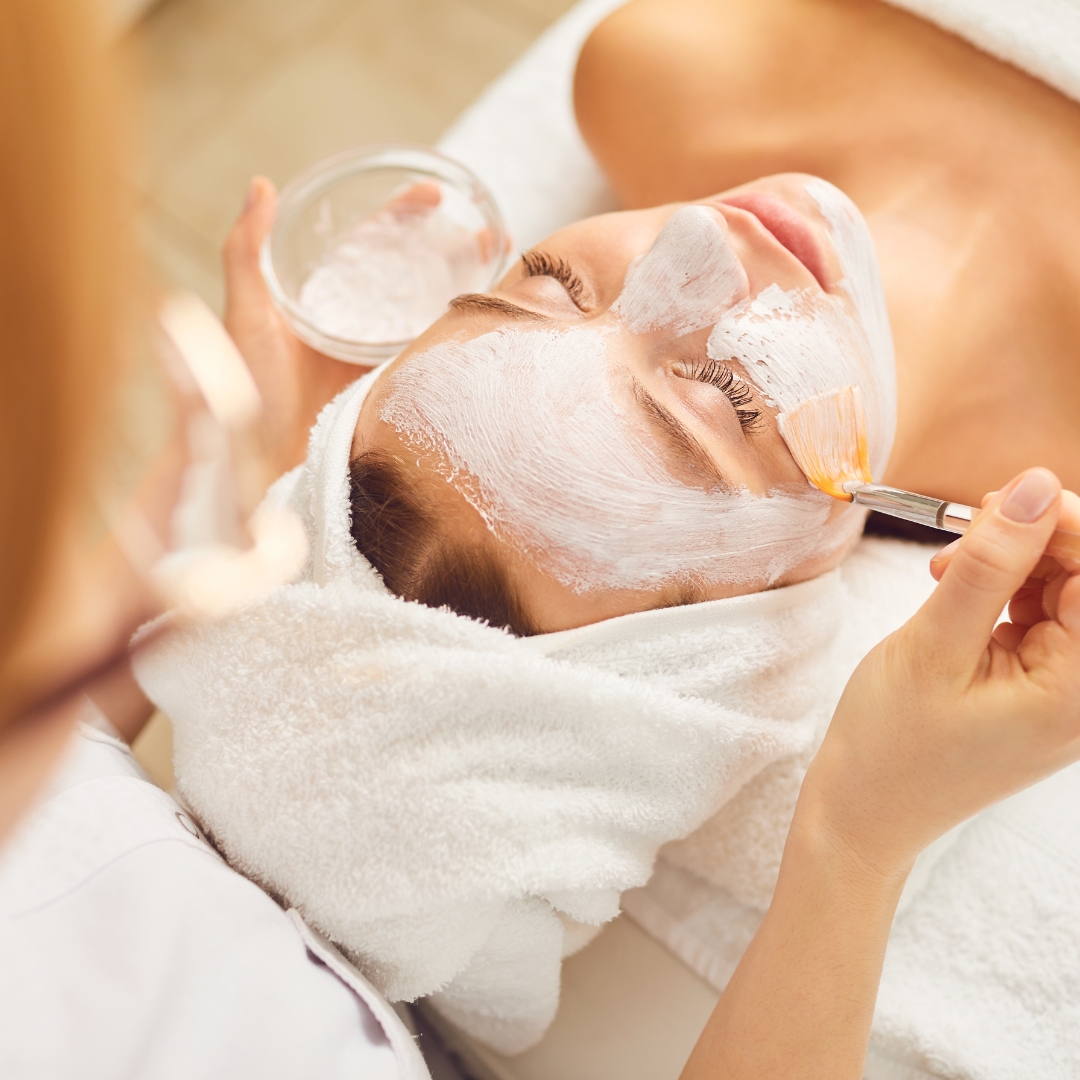Creating an inclusive spa experience is crucial for attracting and retaining a diverse clientele, as it demonstrates a commitment to accessibility, respect, and understanding. Here are key strategies for building an inclusive spa experience that caters to various client needs:
1. Diverse Treatment Options
Offer a range of treatments that cater to different preferences and needs, including options for people with specific health conditions or concerns. For example, offer treatments like prenatal massages, post-surgery recovery therapies, or services that are sensitive to skin conditions such as eczema or psoriasis. Additionally, ensure services are customizable to suit different skin types, preferences, and cultural practices.
2. Accessible Facilities
Ensure the spa environment is accessible for people with disabilities. This includes having wheelchair ramps, accessible restrooms, wide doorways, and adjustable treatment tables. Consider hiring staff trained in assisting clients with disabilities, and make sure that treatments can be adapted for those who may require specific accommodations.

3. Culturally Sensitive Services
Respect cultural preferences and needs by offering services and products that are appropriate for various ethnic backgrounds. This could involve offering culturally specific massage techniques or skincare treatments using ingredients that are favored in certain cultures. It's also important to train staff to be aware of and sensitive to cultural practices, including how to interact with clients of different backgrounds.
4. Gender-Inclusive Services
Create an environment where clients of all gender identities feel comfortable. This may involve providing gender-neutral facilities, such as unisex changing rooms, and offering gender-neutral options for services like hair removal or body treatments. Staff should be trained to use inclusive language and pronouns, respecting clients' gender identities and preferences.
5. Language Accessibility
Provide multilingual support by having staff who can communicate in different languages, or offer written materials (e.g., menus or brochures) in multiple languages. This helps ensure that non-native speakers feel comfortable and confident when booking treatments or asking questions.
6. Flexible Appointment Scheduling
Make scheduling as flexible as possible to accommodate clients with different work schedules or those who require extra time for treatments due to medical reasons. Consider offering early morning or late-night appointments to cater to clients with varying work-life needs.
7. Mental Health and Relaxation
Acknowledge the importance of mental health in the spa experience. Offer services such as guided meditation, stress-relief massages, or other treatments focused on emotional well-being. Ensure that staff is trained to create a peaceful, supportive environment where clients can feel safe and understood.

8. Inclusive Product Selection
Stock a variety of skincare products that are suitable for different skin tones, textures, and conditions. Offer options for people with sensitive skin, as well as products that are free from allergens, cruelty-free, and eco-friendly. This also means stocking products that are suitable for different ethnicities, such as those for darker skin tones or curly hair.
9. Inclusive Marketing and Representation
Ensure that your marketing materials, social media, and website feature diverse representation of people, including people of different ethnicities, ages, body types, abilities, and gender identities. This helps potential clients feel that your spa is a welcoming space for everyone.
10. Training and Awareness for Staff
Regularly train your staff on inclusivity and cultural competency. This training should cover topics like accessibility, respectful communication, dealing with specific client needs, and understanding cultural differences. By making sure your staff is knowledgeable and empathetic, you create a welcoming atmosphere for all clients.
11. Feedback and Continuous Improvement
Encourage feedback from your clients to identify areas for improvement. This can be done through surveys or informal conversations. Address any concerns quickly and make necessary adjustments to continually improve the inclusivity of your services.
By implementing these strategies, a spa can create a space where everyone, regardless of their background or needs, can feel valued and relaxed, resulting in a stronger, more loyal customer base.

